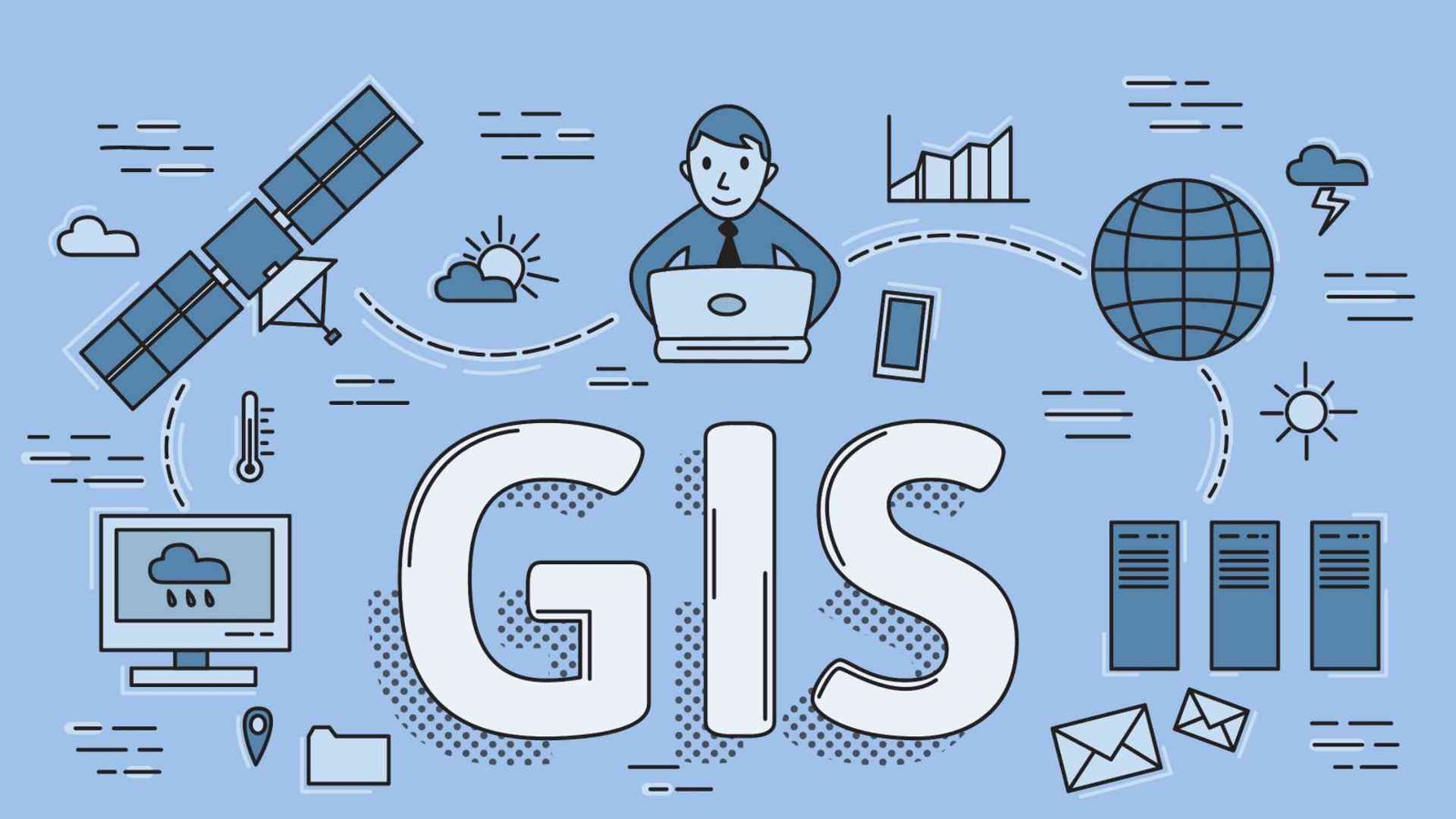
Have you ever wondered how maps are made or how data about our planet is analyzed?Enter the world of Geographic Information Systems (GIS)!
🔍 Definition:
GIS is a powerful tool that allows us to capture, store, analyze, and manage spatial and geographic data. It combines cartography, statistical analysis, and database technology to help us understand patterns and relationships in our environment.
🗺️ Key Components of GIS:
1. Data Input: GIS collects data from various sources, including satellite imagery, GPS, and surveys.
2. Data Management: It organizes and stores data in a way that makes it easy to retrieve and analyze.
3. Data Analysis: GIS enables users to analyze spatial relationships and trends, helping to answer complex questions.
4. Data Visualization: It creates maps and 3D models that visually represent data, making it easier to understand and communicate findings.
🌱 Applications of GIS:
1. Urban Planning: Helps city planners design efficient layouts and manage resources.
2. Environmental Management: Assists in tracking changes in ecosystems and managing natural resources.
3. Disaster Response: Aids in planning and response efforts during natural disasters by analyzing risk areas.
4. Transportation: Optimizes routes and improves logistics for better efficiency.
💡 Why is GIS Important?
GIS plays a crucial role in decision-making across various fields, from government and healthcare to business and education. It helps us make informed choices based on spatial data, ultimately leading to better outcomes for communities and the environment.
📈 Future of GIS:
With advancements in technology, GIS is becoming more accessible and integrated with other technologies like AI and IoT. This evolution will enhance our ability to analyze and visualize data, paving the way for smarter cities and sustainable development.
